Would you like to know the difference between matte vs glossy photos? There seems to be a confusing array of photographic finishes available these days, and this article aims to help you decide which is right for you – glossy vs matte?
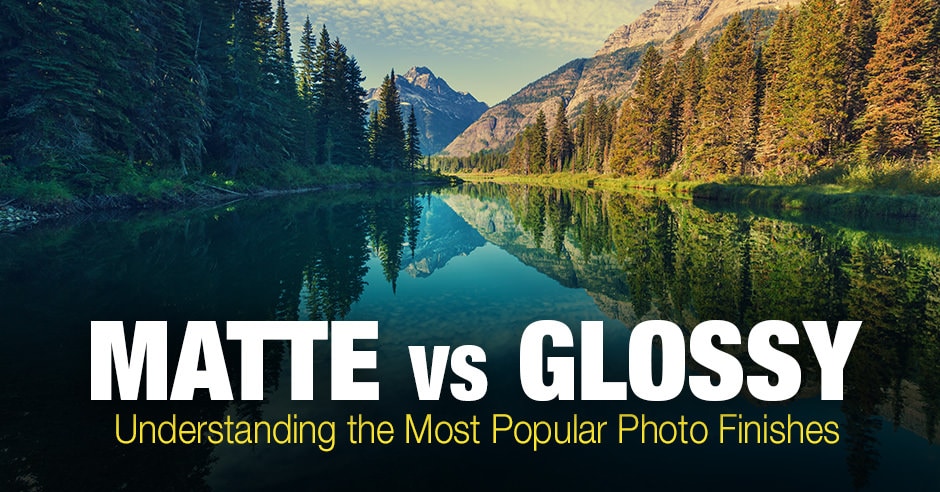
Printed photos are making a bit of a comeback after being banished to the wilderness for 10-15 years by digital photography. Take the growing popularity of Instax cameras from Fujifilm, which are breaking all holiday sales records! Photo printing services are also benefiting from this resurgence of film. More people want physical photographs that they can actually hold, put in an album, and look through with their family and friends instead of scrolling through a screen.
Matte vs Glossy Photos
Matte and glossy
photographic papers are the two most popular photo finishes, but each one makes
your photographs look very different.
Matte paper tends to absorb light, so the finish has no reflections when viewed under a light source.
You can define glossy paper as having obvious reflections when you shine a light on it. Glossy finishes are more or less the same as matte papers, but they have an extra layer on top to reflect as much light as possible and give that shiny surface.
Glossy paper tends to
be what most folks think of when you talk about prints, and it’s true that they
make photos look good. However, there are different types of glossy finishes
(just to make it more confusing!), like luster, satin, semi-glossy etc.
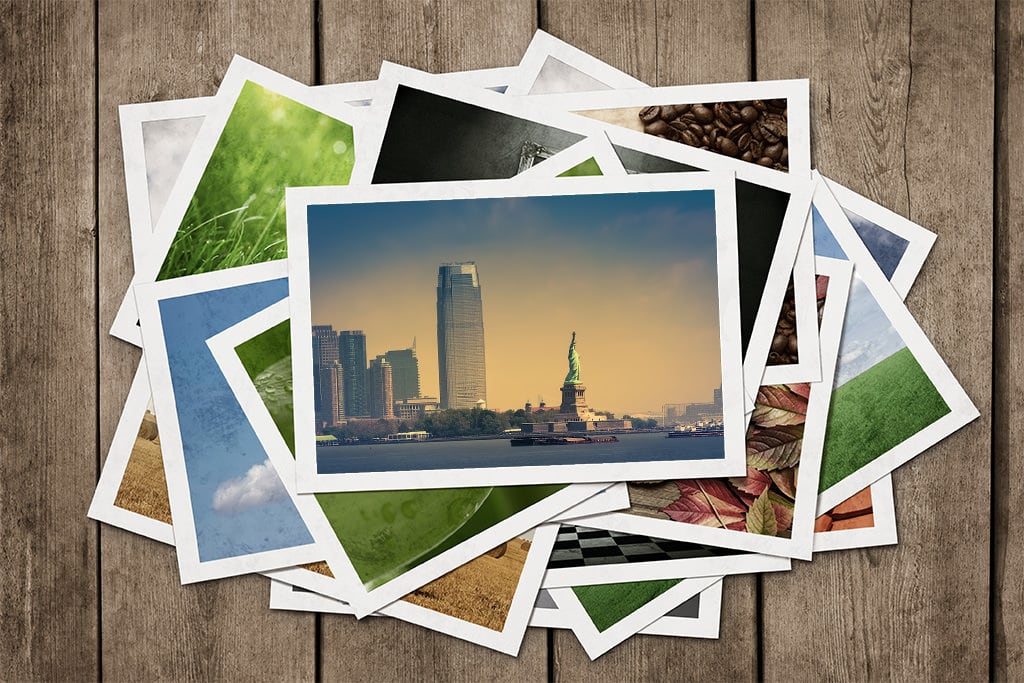
Related: RAW format vs JPEG format, which is better?
Mechanics of Glossy vs Matte Surfaces
Matte
Matte photo paper is
designed to minimize the reflection of light, and it does this by a combination
of the refractive and light scattering properties of the matte coating.
Refractive simply means that light is scattered, instead of reflected, by a surface layer. Light that hits a matte surface is scattered in different directions because it has an uneven surface. This effect is created by many small indentations of the surface of matte finishes.
Related: Mastering Depth of Field in Photography
Matte finishes also
absorb more light as well as scattering it, which give that flat, nonreflective
look. If you’re not so hot on the scientific explanation, just think of the
difference between matte and glossy paint in your home décor – matte paint doesn’t
reflect light back, while glossy paint finishes do. It’s the same principle as photo
paper finishes.
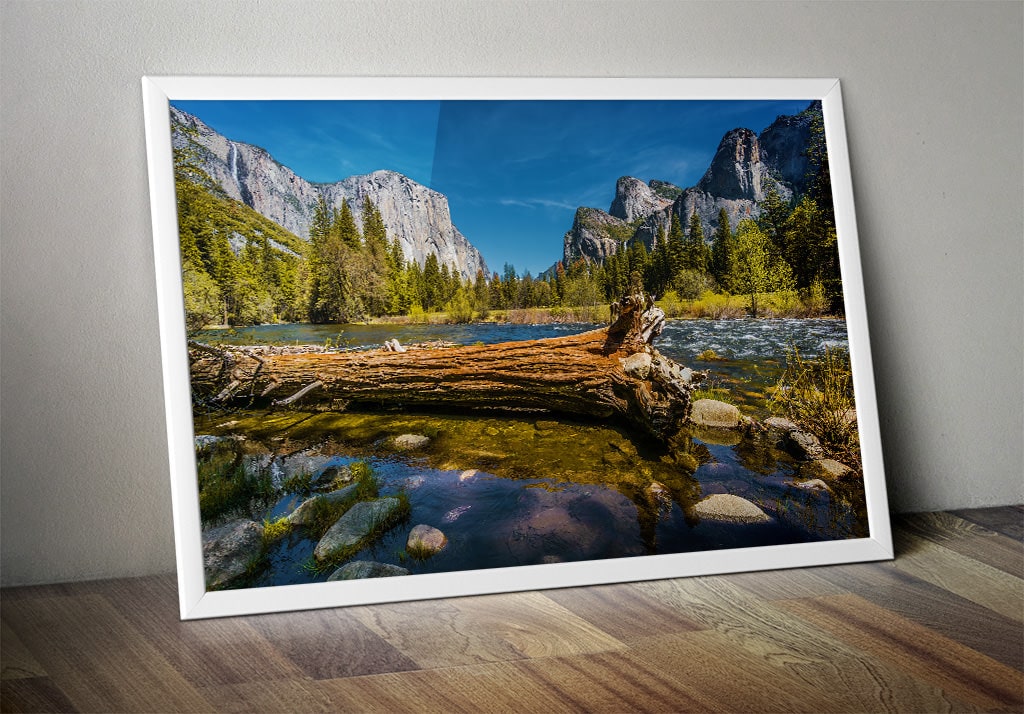
Glossy
Glossy photo papers are designed to be as reflective as possible, and the most reflective of all is high-gloss. For a less reflective but still glossy surface, there is semi-gloss (also called luster or satin).
Related: Abbreviations and Acronyms Used in Photography
The mechanics of glossy paper are the opposite to matte. Because of an extra layer of reflective coating, light isn’t absorbed by the paper – it’s reflected off the surface instead, so it’s non-refractive.
Advantages of Glossy
Photos
What makes glossy
finishes a good choice?
- Gloss enhances the colors of an image, making it more vibrant
- It also adds definition to the image borders to make your photos look brighter and give extra clarity
- Gloss finish gives your photos a contemporary, modern feel
- Can be inexpensive and readily available
Disadvantages of
Glossy Photos
There are some
downsides of glossy prints:
- It tends to work best on smaller print sizes (8×10, 5×7, 4×6). This is because the larger the photo, the larger the light reflection. This can make it difficult to see the image clearly from some angles.
- Glossy finishes don’t go well with glass frames. The glass will only intensify the glare of the reflection on your photo. Glossy photos also tend to look like they have a bit of an oily residue on areas where they stick to the glass. This is due to the sticky nature of gloss coating.
- Gloss photos are also easily scratched or damaged by fingerprints.
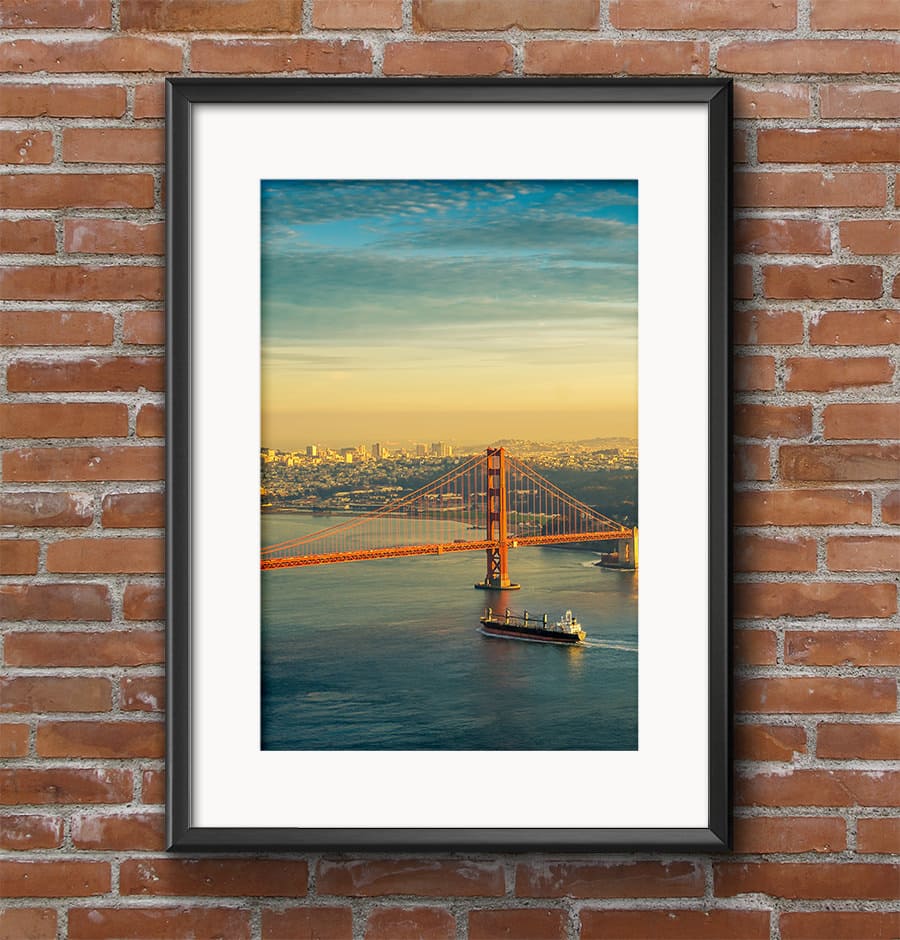
Advantages of Matte
Photos
What good points do
matte photos have?
- You can display them in well-lit areas or near light sources without reflections becoming a problem.
- You can put them in glass frames without them sticking to the glass.
- Matte prints are more resilient when handling and can deal with fingerprints a lot better than glossy finishes.
- They work well with old-fashioned types of photos that are printed in sepia or black and white.
Disadvantages of
Matte Photos
As with most things,
there are some downsides to matte prints!
- Colors don’t look as vibrant as they do with glossy finishes
- Matte photos reduce the sharpness of an image, so are not a great choice for high definition photos.
- Matte finishes tend to require more ink to give your colors good saturation, so they can be more expensive than gloss.
When to Use Glossy
Photos
Matching your photos
with the appropriate print finish requires a little thought, but here are some
pointers for when to choose a glossy finish:
- If you have vibrant, highly colored photos that you want to emphasize, choose gloss.
- High definition photos where clarity and sharpness are important will benefit from a gloss finish
Look through the
options on paper from your printer, and try to buy the highest-quality gloss
paper you can afford for the best finish.
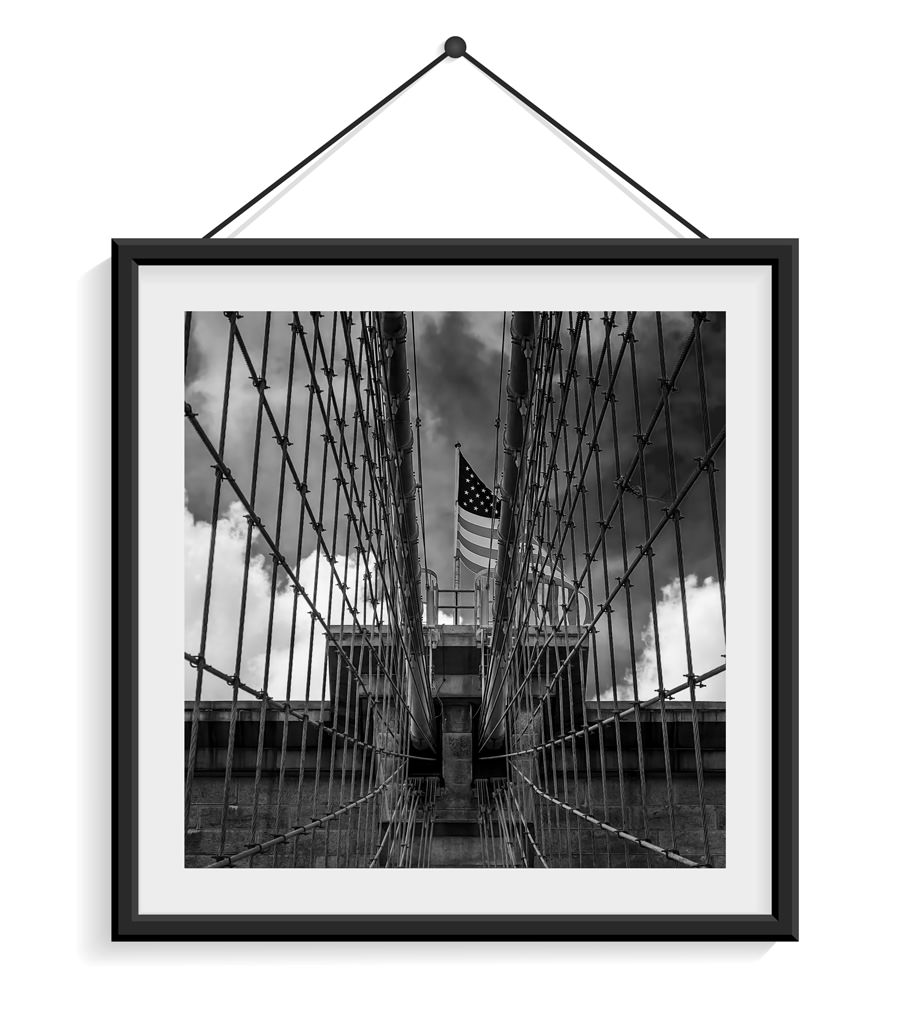
When to Use Matte
Photos
There are some kinds
of photos that will look much better with a matte finish:
- If you want to put your photos on a wall behind glass, matte will reduce the light glare and allow people to enjoy your photos as you intended them to be seen.
- Matte finishes tend to suit sepia and black and white toned prints better than color ones, but color landscape scenes can often look very dramatic when printed in matte.
Matte vs Glossy Photos: FAQ
Which Is Better, Matte or Glossy Photo Paper?
That depends on your needs!
Both matte paper and glossy paper have their uses, so you should first determine what you want to do with your prints.
Then you can decide whether to go with matte or glossy, based on which option is more closely aligned with your intentions.
Matte paper gives a more traditional, fine-art look, with limited reflections and high durability. I recommend using matte paper if you’re planning on framing (to cut down on reflections), or if your images don’t include much intense color.
Glossy paper, on the other hand, is highly reflective and prone to fingerprints, but it’s also very vibrant. So glossy paper is ideal if you want to enhance colors.
Here’s the bottom line:
Neither matte paper nor glossy paper is always better.
Sometimes you should choose glossy. Other times you should choose matte.
It just depends on what you’re trying to create.
Should Wedding Photos Be Glossy or Matte?
Again, this depends on your personal preferences.
Glossy paper will improve the colors in your wedding photos. But you’ll also run into drawbacks: the reflectiveness can make it harder to appreciate every detail, especially if you print large. And the look you get is less traditional and more modern. Note that glossy prints tend to be less expensive, which means you get more bang for your buck.
Related: Make Photos Like Film In Lightroom
Matte paper, on the other hand, will give your wedding photos a more refined finish. But while reflectiveness will be limited, you’ll also end up with more bland colors. I’d recommend asking yourself what you plan to do with the wedding photos; glossy paper works well for simple photo albums because the reflectiveness is manageable, and the colors look nice, but matte paper looks gorgeous in a frame.
Is Matte or Glossy Better for Posters?
I’d recommend going with glossy paper for most posters. For one, you’ll get enhanced colors, and a glossy finish looks sleek when used on a poster. And glossy posters are pretty darn popular.
But you can also go with matte, especially if you want a more subtle, refined poster, or if you’re mounting your poster under a light (where a glossy finish will cause reflections to spray out left and right). So pay careful attention to the light and the contents of your poster before printing, especially if you’re thinking glossy might be the way to go.
Why Is Matte More Expensive Than Glossy?
Matte prints do tend to be slightly more expensive than glossy prints.
But why is this?
It has to do with the amount of ink that’s applied during the printing process. A glossy finish naturally creates beautiful, well-saturated images, so there’s no need for excessive color; you get a colorful print straight from the beginning. Whereas a matte finish dampens down the vibrance – so in order to compensate, the printer adds extra ink.
Ultimately, glossy prints still appear more saturated than matte prints, which is one of the reasons why many photographers choose glossy over matte.
Conclusion Glossy vs Matte Photos
You should also think about how you want to display your prints. If you have matte prints for display, place them near a light source or a window to absorb more light. If you are printing with glossy paper, place the print with a light source directly above it or somewhere there is no direct light on it.
Hopefully, we’ve managed to make the matte vs. glossy question a bit clearer for you and give you some food for thought!
